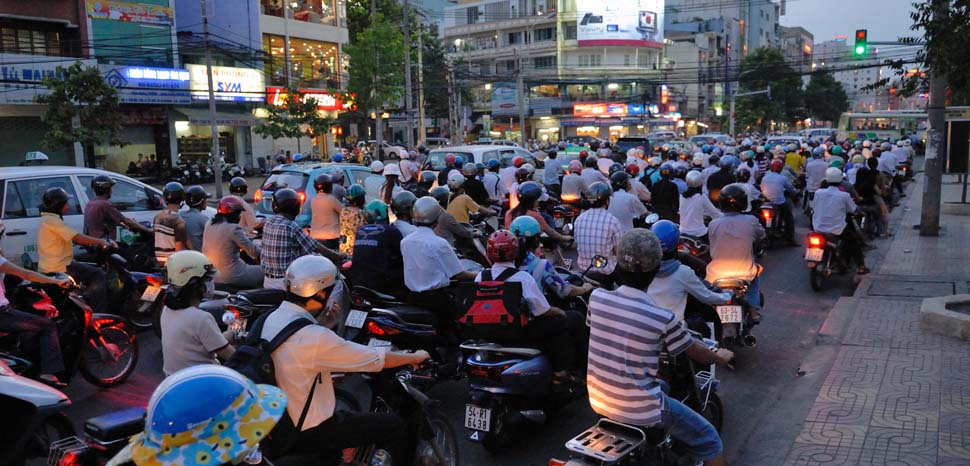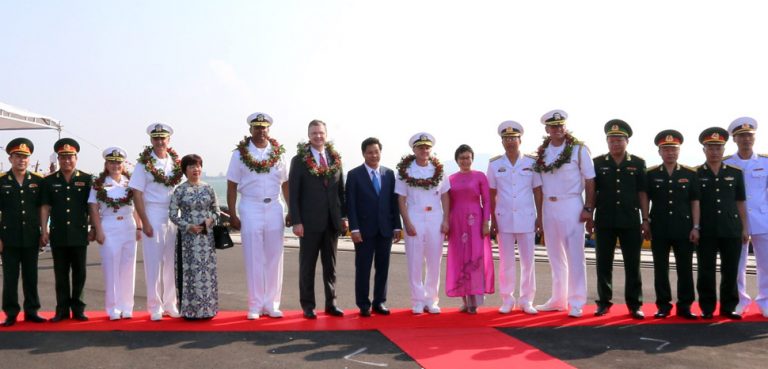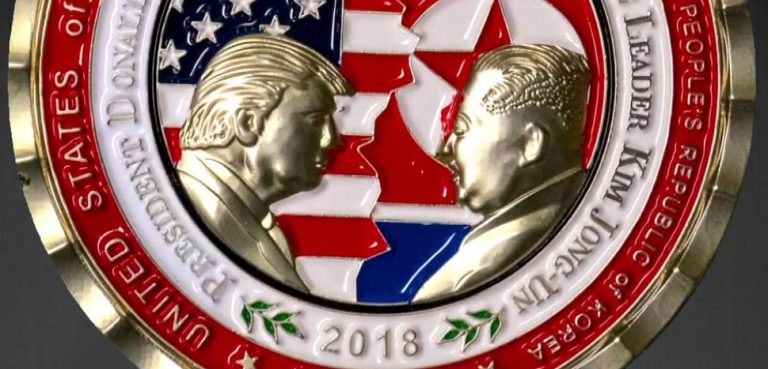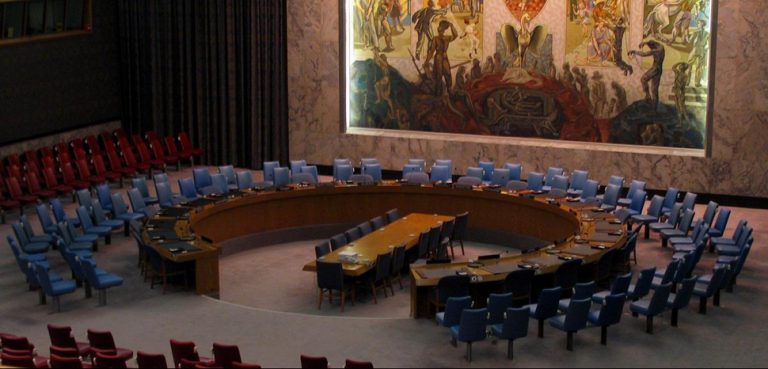It’s early morning in Hanoi, and already thousands of motorbikes, mopeds, scooters, and cars choke the crowded streets with families grasping peach blossoms, traditional red envelopes of “lucky money”, and Banh Chung (green sticky rice cake) at the start of the vibrant and colorful Vietnamese Tet celebration, or lunar New Year.
For twenty years I have witnessed the rise of Vietnam’s middle class, which has grown faster than anywhere in Southeast Asia. In the busy market, 46 year-old Mrs. Tran Tien, along with her three children, Khanh Ngoc, Thuc Quyen and Thien An, 13, 11 and 10, are a postcard promotion of this new shining economic picture. A United Nations Development Program (UNDP) employee in Hanoi, she and her family live near Lotus Lake, the little sister of West Lake, an affluent neighborhood with nearby private schools.
It’s no wonder that President Donald Trump and North Korea’s Chairman Kim Jong Un plan to meet in Da Nang, Vietnam. Its dramatic 2,185-foot dragon-shaped bridge – an award-winning, US-designed marvel of engineering – offers a symbolic route from the host country Vietnam to America and North Korea during their scheduled second summit. It also helps that Hanoi is nonaligned and enjoys diplomatic relations with Pyongyang as well as Washington.
Washington is well aware that Da Nang served as a major base for the US Army, Air Force, and Marine Corps during the Vietnam War. It was 54 years ago that 3,500 US marines leaped from landing crafts and waded onto Vietnam’s shores, becoming the first US ground troops to arrive in the country. In one of the few stolen moments during the war, when boots on the ground could be carefully staged, smiling Vietnamese children and women in their traditional áo dài with flowers in-hand greeted the young marines. Fast forward to today and the city represents Vietnam’s modern miracle of development, with its sweeping tree-lined boulevards, high rises, luxury condos, clean sandy beaches, and 5-star golf resorts.
Global economists tout Vietnam’s Communist party’s economic reforms – “doi moi”, or renovation – in 1986 as leading to the creation of a socialist-oriented market economy and fostering the explosion of private enterprises; all the while keeping the party in power.
After 1975 and a prolonged war, Hanoi realized a socialist model was doomed to collapse, because of US-led trade embargos and poor access to reconstruction aid. The Vietnam War, which lasted nearly twenty years, left the country crippled. Roads, rail lines, bridges and canals were devastated by the continuous rain of bombs from American B-52s, unexploded ordinances and more than five million hectares of forests denuded by Agent Orange.
In the past thirty years, Hanoi has been recognized as a responsible member of the international community and has adopted market institutions leading to more than two decades of impressive economic performance. All this while leaving the country’s underlying political economy largely intact.
US Secretary of State Mike Pompeo has acknowledged Vietnam as an economic miracle. It was in 1995 that the US and Vietnam re-established diplomatic relations. “President Trump believes that your country can replicate this path. It’s yours if you’ll see the moment. The miracle can be yours,” Pompeo boldly stated in a message for Kim Jong Un.
Inside the White House, there’s optimism that follow-up negotiations between the U.S. and North Korea may succeed in halting the growth and sophistication of Pyongyang’s arsenal and begin the long, difficult process of rolling it back. An unnamed source at the CIA believes that if the North does halt and dismantle its plutonium production facilities and uranium enrichment facility at Yongbyon (a 5 Mw reactor and reprocessing plant), it would be a highly significant step toward denuclearization.
Vietnam has achieved greater integration with the international economic system, namely through its ascension to the World Trade Organization in 2007. From the sidelines, North Korea has been carefully watching Vietnam’s steps to integrate with the global economy. It’s also noteworthy that two decades after trade normalization, the U.S. and Vietnam are now drawn closer together due to China’s economic and geopolitical rise.
It’s therefore no surprise that Pyongyang has been reaching out to Hanoi to help bolster its crippled economy.
For the Vietnamese, their economic progress is uneven. Ho Chi Minh City alone accounts for 23% of national output and 24% of exports – far in excess of its 9% share of population. Nevertheless, Vietnam’s economic success has been accompanied by a dramatic reduction in poverty. Its $200 billion economy, almost 40% of which comes from manufacturing, has grown sharply since 2011, largely on foreign investment into export goods like smartphones.
Real GDP grew by 6.2% in 2017 – the same rate as in 2016. A significant pickup in exports (supported by depreciation of the Vietnamese dong) and strong growth in private final consumption are the main drivers. Vietnamese gains in manufacturing have offset an unsteady performance in agriculture, which is especially evident in the Lower Mekong Delta.
The tide of foreign direct investment pouring into the country has yielded many dividends including a dramatic decline in Vietnam’s poverty, improved living standards, and increased life expectancy. Hanoi’s cautious and sequential adoption of market institutions have yielded two decades of impressive economic performance.
For many geopolitical observers, Vietnam is not merely a neighbor of North Korea – many believe the two countries share a similar story. Both nations are ideologically bound by communism, with North Korea remaining under the tyrannical leadership of Kim-II-Sung (their founder), while Vietnam has dutifully enshrined its Communist leader, Ho Chi Minh.
North Korea’s human rights record has been considered the worst in the world, with the United Nations and the European Union and groups such as Amnesty International and Human Rights Watch sharply criticizing the country’s poor record.
Although Vietnam remains a one-party state, dominated for decades by the ruling Communist Party of Vietnam (CPV), some independents are technically allowed to run in legislative elections; but most are banned in practice. Furthermore, while freedoms of associations, peaceful assembly, and expression are supposedly protected by the constitution, they are not respected in practice. Also, authorities have increasingly drawn red lines on the use of social media and the internet by Vietnamese citizens.
Nevertheless, while Vietnam does not embrace democracy, the nation – unlike North Korea – offers a National Assembly, a 498-member unicameral body elected to a five-year term, that meets twice a year to appoint a president, a prime minister and a chief justice of the Supreme People’s Court of Vietnam.
No one expects Vietnam to bring up the American War during the coming summit, but some diplomats have suggested that if there’s an accord struck between North Korea and the U.S., Vietnam may once again claim a victory. This time it’ll be for their instrumental role in bringing a rogue nation into the international mainstream.
The opinions, beliefs, and viewpoints expressed by the authors are theirs alone and don’t reflect the official position of Geopoliticalmonitor.com or any other institution.




